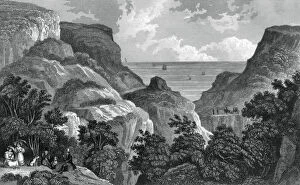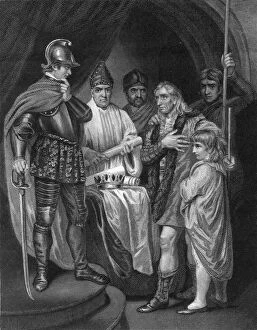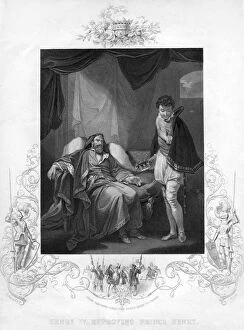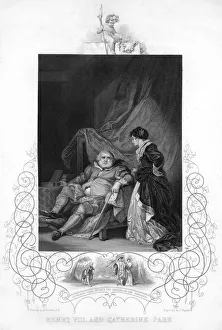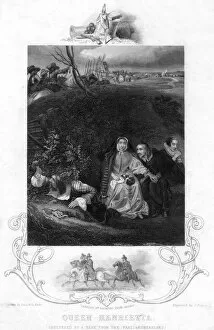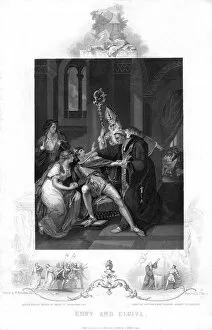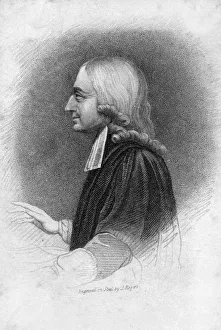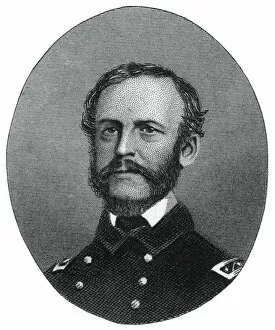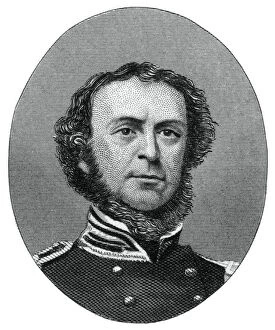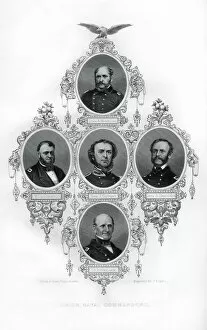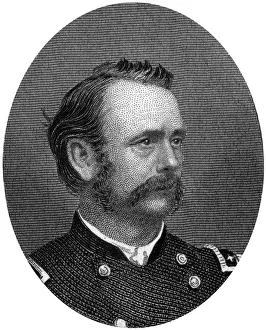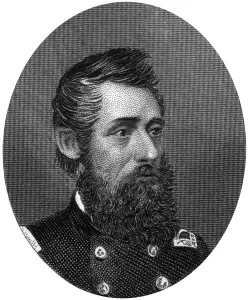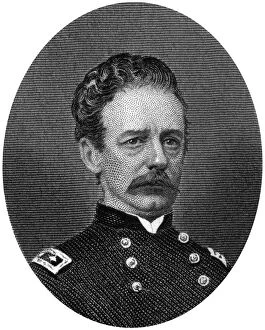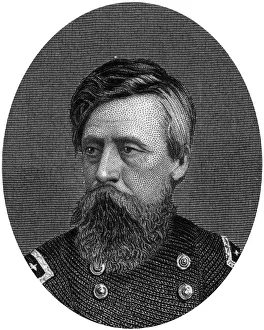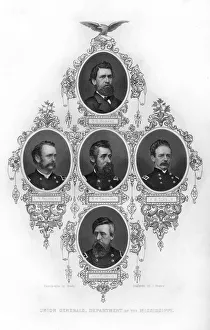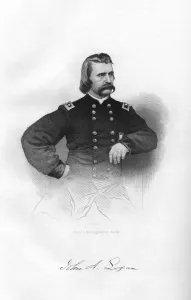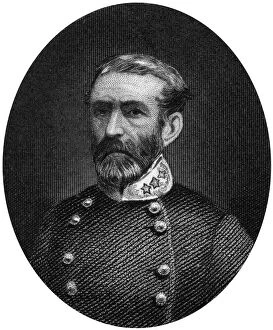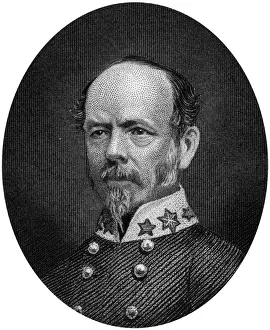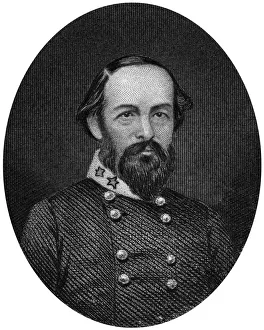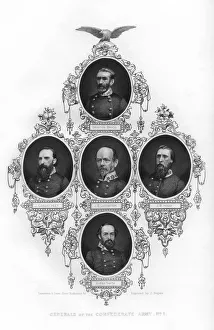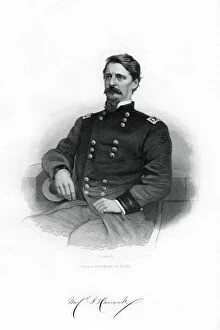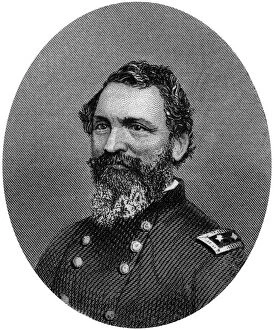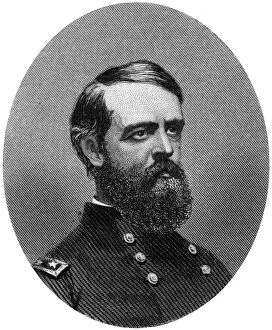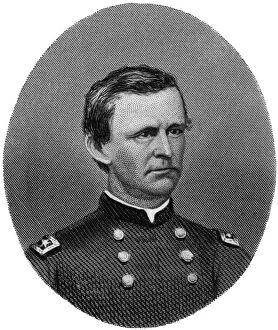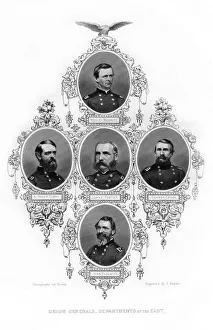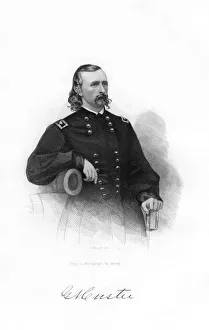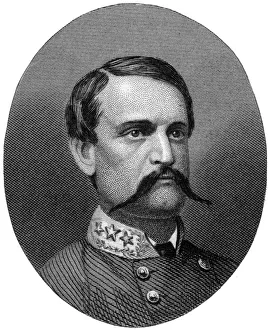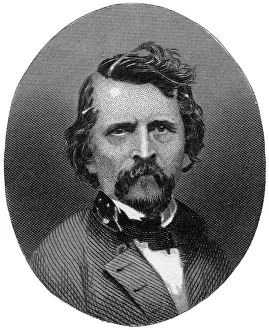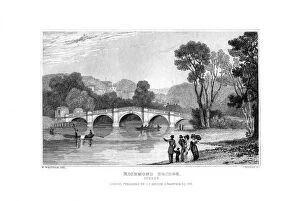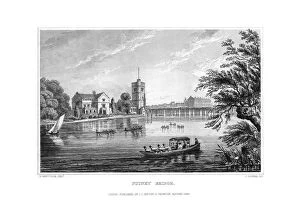Rogers Collection (page 5)
"Rogers: A Captivating Legacy of Cowboys, Coracle Men, and Dance Partners" Step into the world of Rogers, where the name carries a multitude of stories and characters
All Professionally Made to Order for Quick Shipping
"Rogers: A Captivating Legacy of Cowboys, Coracle Men, and Dance Partners" Step into the world of Rogers, where the name carries a multitude of stories and characters. From Roy Rogers, the iconic American singing cowboy actor who stole hearts alongside his beloved horse Trigger, to Ginger Rogers and Fred Astaire's timeless dance partnership that left audiences in awe. In 1912, Leonard Slye was born - better known as Roy Rogers - a true legend in the realm of Western films. With his trusty companion Trigger by his side, he brought joy and excitement to countless fans across America. His captivating performances made him an unforgettable figure in Hollywood history. But there's more to the name than just entertainment. Eustace Rogers holds another facet of this diverse legacy as the last coracle man of Ironbridge in Shropshire. This skilled individual navigated these unique boats with precision and grace, preserving an ancient tradition for future generations. Meanwhile, Ginger Rogers wowed audiences with her elegance and talent on-screen alongside W Way in 1931. Her partnership with Fred Astaire became legendary as they danced their way into our hearts through classic films like "Top Hat" and "Swing Time. " Their chemistry was electric; their moves were mesmerizing. Art also finds its place within this array of Rogerness. In Carshalton, Surrey back in 1829, artist J Rogers captured scenes that would stand the test of time. His brushstrokes immortalized moments forever etched onto canvas for all to admire. Even history intertwines with this illustrious surname – Magna Carta bears witness to a certain Roger's involvement in shaping England's legal foundation centuries ago. The impact reverberates through time as we appreciate how individuals can shape nations.

